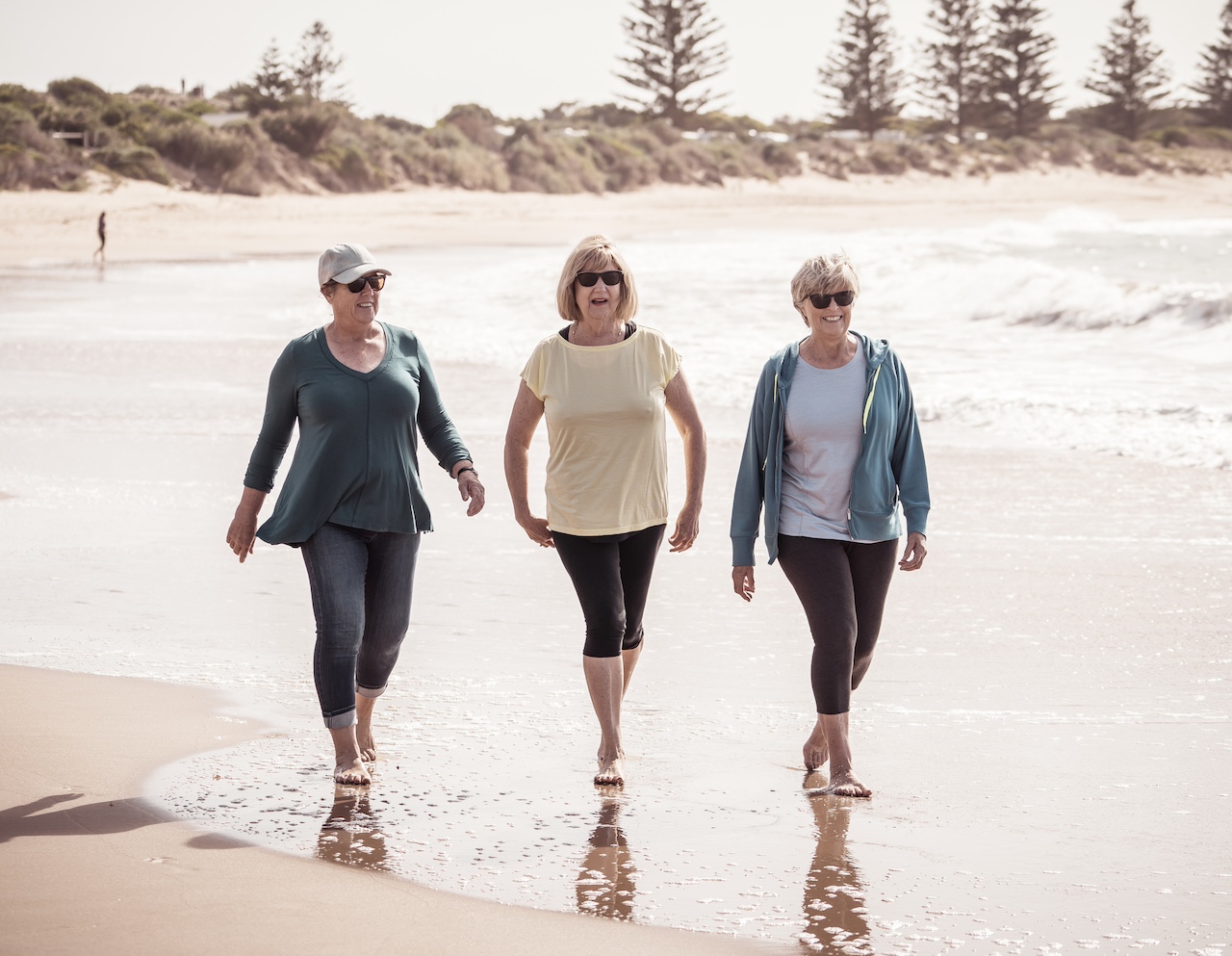The best movement varies by dosha
We all know that the benefits of exercise are huge. Years ago a healthcare client i had told me “motion is synonymous with life” and that’s a fact. We need to move a lot to stay healthy. But interestingly, Ayurveda says that not all exercise is good for all people. We need to emphasize the type of movement that’s appropriate to our individual qualities or dosha.
What’s a dosha?
In this previous post, I discuss in more depth what the doshas are. In short, the doshas (roughly translated qualities) make up everything in the manifest world including us. The doshas are vata, pitta and kapha and we all have some of each. You can take this fast dosha quiz at Banyan Botanicals to learn what your strongest tendencies are. It’s fun to know our “dosha” but at the same time, since we’re made up of all of the doshas, we’re influenced by the doshic changes around us. For example, spring is the kapha time of year, which makes spring moist and juicy and ripe, but with a tendency to makes people feel slow and sluggish and sleepy. Sunshine may be calling, but it’s hard to get off the couch. That’s why it’s a good idea for all doshas to up their exercise quotient a little in the springtime to push against that sleepy tendency. But increase your dosha-appropriate exercise.
The general rule of exercising for your doshas is that opposites balance. If you’re hot, driving and competitive then your exercise needs to be slower, fun and non-competitive. If you’re steady and grounded, then pick up the pace and get moving.
Vata-type exercise
Vata qualities are cold, dry, airy, mobile and unpredictable. So if opposites balance, vatas need warm, slower, and steady exercise. This will be hard for vatas since they want to throw themselves into everything with enthusiasm until they collapse, but lots of benefits will accrue from taking it slow. Vatas should work only enough to produce a glow, not a heavy sweat. In fact, vatas often have trouble sweating at all, but that’s fine in this context. All dosha types can benefit from some vata exercise in the fall and early winter.
Yoga postures — choose slow-moving, steady flows over power yoga and emphasize longer (not super long) holds with forward bends and twists, which reduce excess vata. Focus the mind while practicing to reduce the vata tendency to do five things at once.
Long, slow walks– the slow and steady nature of this exercise is good for vata hummingbirds. If the walk can be taken in nature, that’s the very best. Breath through the nose and enjoy the birds and squirrels (instead of being one! LOL)
Weight lifting — small-framed vatas tend to have less muscle mass than other types, so weight-lifting is good for them. Take it slow with concentration, and even heavier weights can be attempted when ready.
Pitta-type exercise
Pittas are the world’s greatest overachievers — hot, light, sharp, intense, mobile and competitive. That’s why they need slow, cool, calming fun. Since pittas tend to have strong, well-balanced bodies and Type-A personalities, it’s hard to get them away from running marathons and doing TRX circuits until they drip, but those activities only increase the heat in pittas’ small intestines, liver, and head. Pittas don’t need to sweat heavily during exercise despite their inclinations. they should work to a nice sheen. In summer, all doshas need to heed these pitta recommendations on hot, sultry days.
Yoga postures –choose fun, calming and very non-competitive yoga practices with lots of time in Savasana between . Forget any desire to do hot yoga or power classes.
Swimming — Playing in the pool with floaty toys is a great idea for pittas (LOL), but a slow, mild lap swimming is fine as long as no one asks for a race. The cool water is ideal for hot pitta personalities.
Long walks in nature, especially on the beach — Cool sand is great for grounding and balancing the hot pitta nature, plus a steady, slow walk is ideal for calming down.
Tai chi — Great for its slow, controlled movements, tai chi also encourages gentle concentration. Pittas should try a tai chi class in a cool forest or meadow.
Kapha-type exercise
Kapha qualities are cool, heavy, moist, slow, dull and stagnant, so kaphas too need to do the opposite. The dosha that can best handle a sweat, kapha type people need to move their bodies with speed, alertness and willpower. By taking in deep, very full breaths through the nose, kapha types can break up the phlegm and congestions that tends to accumulate in the chest. This is the dosha that thrives with high energy or with a bit of competition. In spring, when all doshas are emerging from winter dryness and cocooning, kapha exercise provides balance. Just temper the movement with the inclinations of your own doshic type.
High energy exercise classes — I saw a TV spot on a group of kapha-type women bounding and laughing their way through a challenging exercise class. They were killing it!
Yoga — Kaphas can choose power yoga and longer holds or faster moving routines. Backward and side bends and twists are excellent for kaphas.
Running and jogging — Protect your knees with good shoes, but kapha types can get moving and even try a race or two. The focus needed to practice and train helps hone kapha determination.
After exercise
A good rest in savasana is particularly important for vata but pitta needs some ralaxation too. Kapha requires rest as well, but shorter. Kapha types tends to go sluggish if they rest too long. All doshas need hydration, but particularly pitta. And it’s important to know that science today is saying one hit of movement in a day isn’t enough. Balance your workout with “exercise snacks” every hour.
Try this dosha approach to exercise and see how it works for you.

